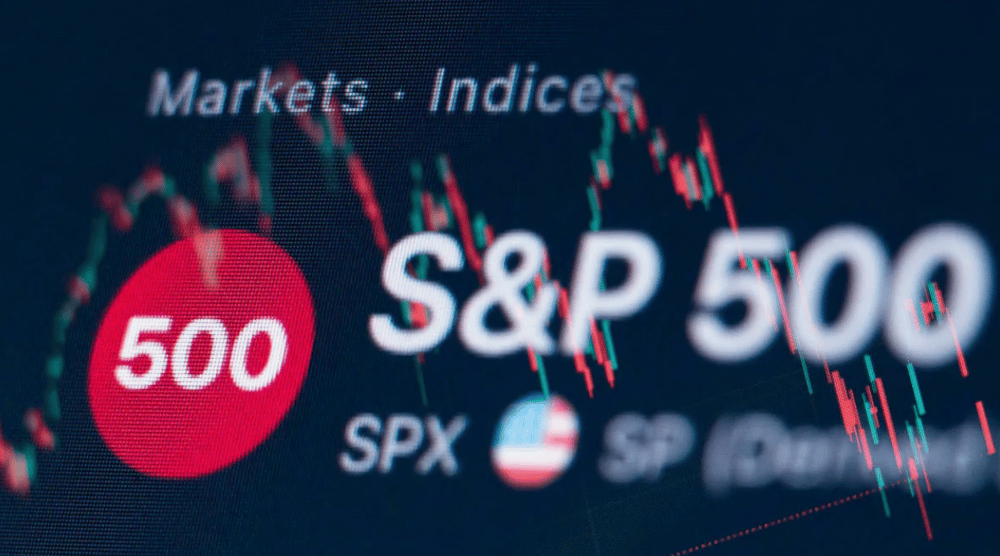USD Nears 2025 Lows as Middle East Tensions and Trade Fragility Weigh on Markets
The U.S. dollar (USD) approached its lowest level of 2025 on Thursday, while global equities pulled back from all-time highs. This market pivot was driven by renewed geopolitical anxiety and fragile progress in U.S.-China trade negotiations. Rising tensions in the Middle East and mixed signals from macroeconomic data pushed investors toward traditional safe-haven assets, including gold, Treasuries, and the Japanese yen (JPY).
Concerns were exacerbated by recent developments, including reports of potential escalation between Israel and Iran, and skepticism about the durability of a tentative trade truce between Washington and Beijing. Meanwhile, fresh U.S. inflation data suggested price growth remained subdued in May—yet many analysts warn this trend may reverse as tariffs increasingly impact import costs.
Geopolitical and Economic Crosswinds Shape Market Direction
The interplay between geopolitics and macroeconomic indicators continues to create an uncertain investment environment. While easing inflationary pressure might normally buoy risk assets, broader concerns around global security and trade friction have dampened investor optimism.
The retreat in the USD Index (DXY) reflects both weaker expectations for aggressive Federal Reserve policy and growing appetite for risk aversion. Safe-haven flows have strengthened currencies like the JPY and CHF, while bond yields declined, suggesting markets are pricing in downside risks to global growth.
On the equity side, U.S. and global indexes like the S&P 500 $^SPX and MSCI World Index pulled back slightly from record highs, reflecting increased caution amid the evolving risk landscape.

Key Facts
🔻 USD approached year-to-date lows, with the DXY down nearly 1% on the week.
⚠️ Middle East tensions escalate, prompting investor flight to safety.
📉 U.S. inflation data for May showed slowing price growth in key categories.
💬 Economists expect inflation to rise as tariffs feed into supply chains.
🧭 Global stock indices retreat after strong multi-month rally.
Market Response and Analyst Commentary: Defensive Positioning Intensifies
Investor reaction has been swift and measured. Traders are reducing exposure to cyclical assets and reallocating capital toward defensive sectors, including healthcare, utilities, and dividend-yielding equities. Meanwhile, commodities such as gold $XAUUSD rose as a hedge against uncertainty.
Currency strategists noted the decline in USD also reflects narrowing interest rate differentials, as the Fed grows increasingly cautious in its outlook. Analysts continue to monitor developments in the Middle East and U.S.-China talks for any signs of escalation or resolution.
Institutional investors appear to be adopting a wait-and-see approach, balancing the short-term appeal of weaker inflation against longer-term geopolitical and trade risks.

Key Takeaways
The dollar index (DXY) fell sharply amid geopolitical tension and risk aversion.
Safe-haven currencies like JPY and CHF appreciated as capital shifted away from risk assets.
U.S. inflation remained subdued, but structural pressures from tariffs remain a concern.
Equity markets paused near record highs, showing signs of consolidation.
Gold prices rose, reflecting broader defensive asset allocation.
Risk-Off Sentiment Dominates as Global Uncertainty Rises
This week’s developments underscore the delicate balance in global markets. While subdued inflation offers a temporary reprieve from aggressive monetary tightening, the broader investment landscape is clouded by mounting geopolitical risks and unresolved trade tensions.
The weakness in the USD and pullback in global equities reflect investor unease, as capital flows shift toward defensive assets. Market participants will continue to track evolving headlines for clarity, but for now, caution remains the dominant theme in asset allocation.















Comments
The deal reflects a broader industry trend of aligning capital with emerging tech innovation